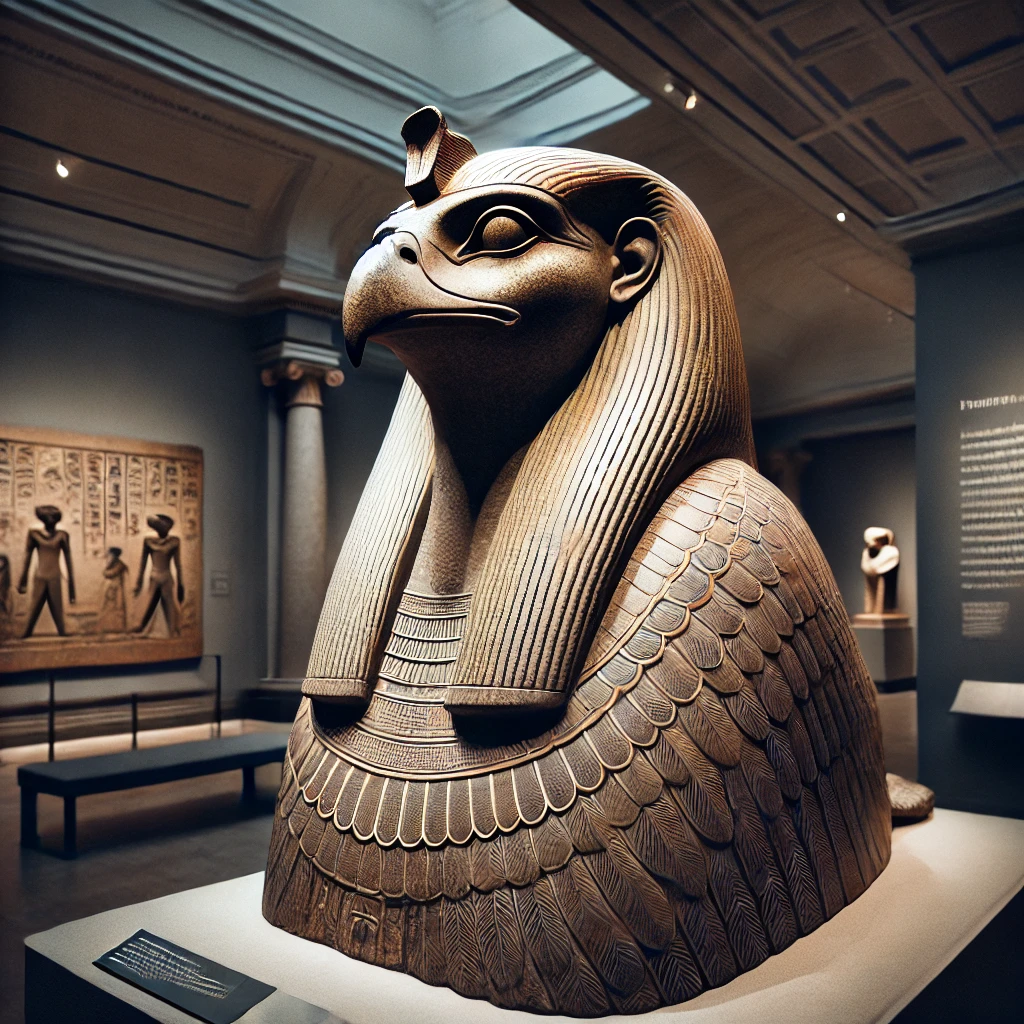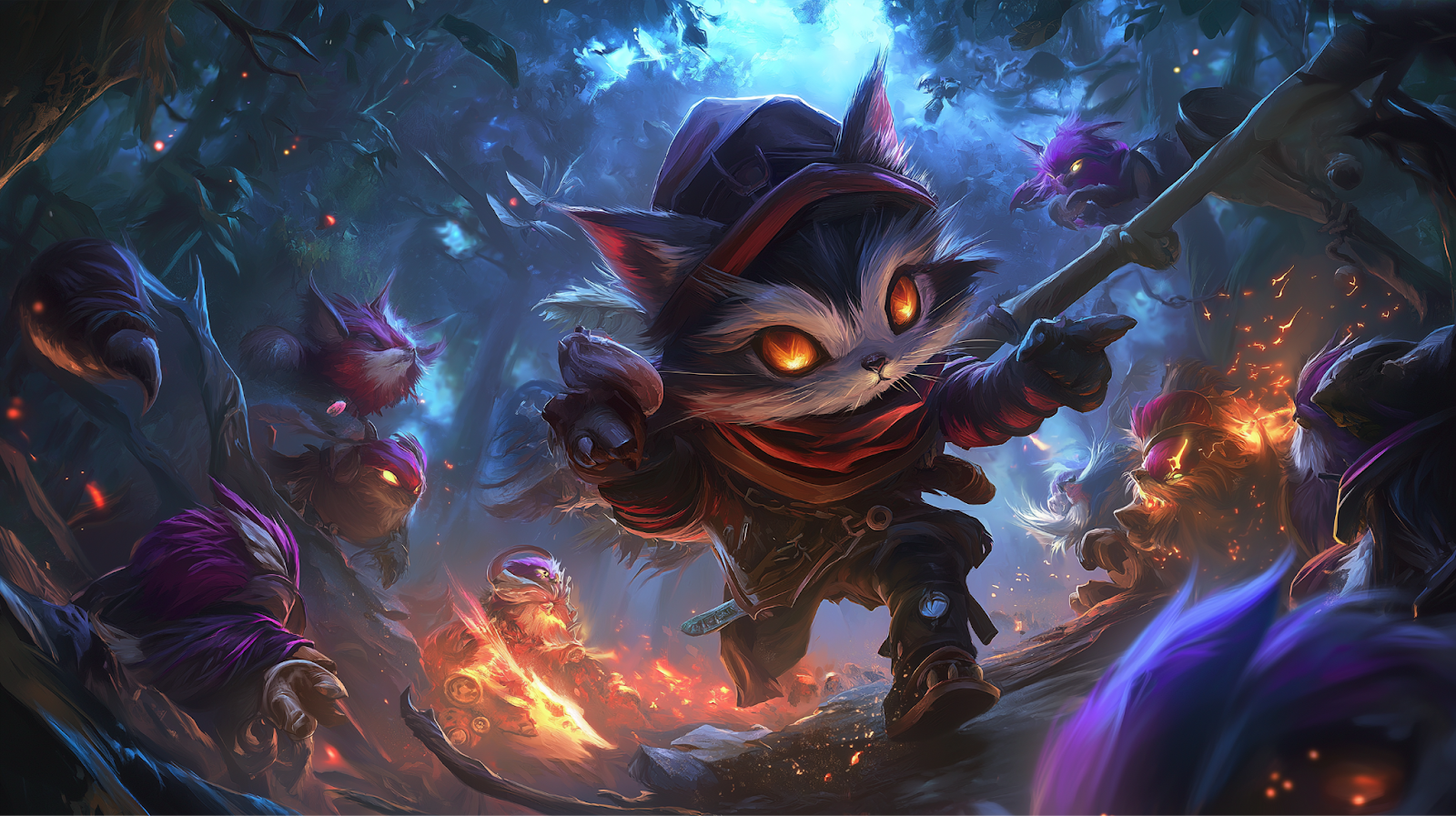The Los Angeles County Museum of Art (LACMA) houses a remarkable representation of Horus, an ancient Egyptian deity renowned for his form as a falcon. This sculpture not only highlights the sophisticated artistry of ancient Egypt but also provides insight into the religious and cultural significance of figure of Horus as a Falcon at LACMA, reflecting his role in the pantheon as the god of the sky, kingship, and protection.
Figure of Horus as a Falcon at LACMA: Artistic Interpretation and Craftsmanship
The Horus falcon statue at LACMA exemplifies the exceptional skill of Egyptian artisans in capturing the divine essence through art. Crafted meticulously from durable materials, the statue portrays Horus with a regal posture and an intense gaze, symbolizing his role as a vigilant protector. Each detail, from the textured feathers to the poised stance, is a testament to the artist’s ability to translate religious significance into a tangible form.
Figure of Horus as a Falcon at LACMA: Symbolic Dimensions of Horus
Horus embodies the concept of divine kingship; his image as a falcon with piercing eyes and powerful build was meant to signify the all-seeing and all-powerful nature of the pharaohs who were considered his earthly embodiments. This symbolism was integral to legitimizing the pharaoh’s rule, linking the human ruler to divine authority through the persona of Horus.
Figure of Horus as a Falcon at LACMA: Cultural and Mythological Relevance
Horus’s story is rich with mythological battles, notably his epic conflict with Seth, the deity of chaos and disorder. This narrative, central to Egyptian theology, underscores the theme of cosmic balance and the ongoing struggle between order and chaos. The presence of Horus at LACMA serves as a focal point for discussing these themes, inviting visitors to delve deeper into ancient Egyptian beliefs and their resonance with universal truths about power, vigilance, and governance.
Figure of Horus as a Falcon at LACMA: The Role of LACMA in Cultural Preservation
By showcasing the Horus falcon, LACMA plays a pivotal role in cultural preservation and education. The exhibit not only safeguards this priceless artifact but also educates the public about the complexities of ancient Egyptian art and symbolism. It connects contemporary audiences with ancient traditions, illustrating the continuity of human fascination with the divine and the supernatural.
Integration of Technology and Tradition in Egyptian Art
- Fusion of old and new artistic methods
- Influence of technological advancements
- Preservation of traditional motifs
- Impact on sculpture and relief techniques
The artistry behind the Horus falcon at LACMA is not just a reflection of past traditions but also a demonstration of how ancient Egyptians integrated evolving technology with their age-old techniques. Innovations in tool-making and material sourcing allowed for more detailed and durable sculptures, which preserved traditional motifs while enhancing their visual and textural complexity. Moreover this integration helped artisans achieve a higher level of precision and artistry in their depictions of deities like Horus, making them timeless symbols of their culture’s achievements.
Educational Outreach through Artistic Displays
- Role of museums in education
- LACMA’s interactive exhibits
- Connection between art and learning
- Engaging diverse audiences
LACMA’s display of the Horus statue exemplifies how museums serve as vital educational platforms, providing insights into ancient civilizations through engaging and interactive exhibits. By contextualizing the Horus falcon within the broader spectrum of Egyptian art and culture, LACMA not only educates its visitors about the historical and mythological significance of the piece but also engages them in a dialogue about the impact of these ancient beliefs on modern society. Furthermore this approach helps to attract and educate a diverse audience, from academic scholars to young students, fostering a deeper appreciation for the interconnectedness of human history.
The Spiritual and Religious Impact of Horus Imagery
- Symbolism in Egyptian religion
- Horus as a spiritual protector
- Impact on ritual practices
- Influence on contemporary spiritual beliefs
Whether the imagery of Horus as a falcon transcends mere artistic representation to embody deep spiritual and religious significance. As a protector, Horus was central to ritual practices, serving as a spiritual guardian for both the pharaohs and the people of Egypt. Moreover, the enduring presence of Horus in various forms throughout temples and artifacts like the one at LACMA indicates his crucial role in daily and afterlife beliefs. This spiritual depth influences not only historians but also modern spiritual seekers, who find in Horus’s imagery themes of protection, vigilance, and divine right that resonate within contemporary spiritual discourses.
The Global Influence of Egyptian Falconry
- Spread of falcon symbolism
- Cross-cultural exchanges
- Egyptian influence on global art
- Falconry as heritage
The falcon, as symbolized by Horus, is a key figure not only in Egyptian culture but also in many other traditions worldwide, where the bird represents similar themes of sovereignty and spirit. Egyptian art and mythology have significantly influenced global perspectives on falconry, transforming it from a practical hunting skill into a symbol of noble heritage. Furthermore this global dissemination highlights the extensive cultural exchanges that occurred through trade and conquest, spreading the veneration of falcons from Egypt to far-reaching corners of the world, where it has been adapted and revered in various forms.
Conclusion
The figure of Horus as a Falcon at LACMA is more than just an artifact; it is a bridge to the past, bringing ancient myths and the revered artistry of a great civilization into the present day. Moreover, its display encourages ongoing discourse on ancient practices, artistic expression, and the ways in which these elements shape and reflect societal values across ages. Furthermore through this exhibit, LACMA ensures that the legacy of Horus and the cultural heritage of Egypt continue to inspire and educate, demonstrating the enduring power of art to connect us with our collective history.


